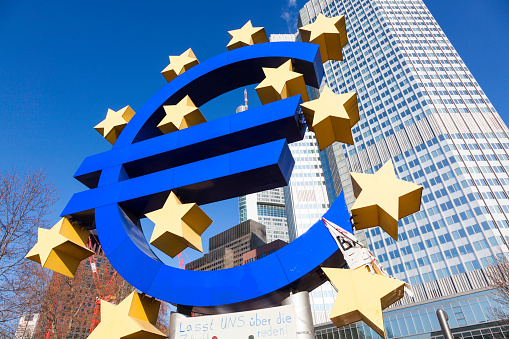As we have anticipated, the ECB left all monetary policy measures unchanged in April. Policymakers indicated the current pace (increased since March) of asset purchases in the PEPP would remain intact. Other monetary policy measures will stay unchanged with the Asset Purchase Program (APP) (traditional QE) at 20B euro/ month and the deposit rate at -0.5%. The members warned that risks to growth remain skewed to downside, while they forecast growth to resume in 2Q21.
On the economic developments, President Christine Lagarde noted that “incoming economic data, surveys and high-frequency indicators suggest that economic activity may have contracted again in the first quarter of this year, but point to a resumption of growth in the second quarter”. She suggested that overall risks to growth are skewed to the downside, while headline inflation would likely increase in coming months.
The central bank left all monetary policy measures unchanged. In March, it announced to increase significantly purchases in the PEPP. As noted in the April statement, the ECB “decided to reconfirm its very accommodative monetary policy stance”. It also reaffirmed the stance that asset purchases under the PEPP over the current quarter to “continue to be conducted at a significantly higher pace than during the first months of the year”.
The envelope of the program stays at 1.85 trillion euro. Although the ECB reiterated that the size can be “recalibrated if required to maintain favorable financing conditions to help counter the negative pandemic shock to the path of inflation”, we do not think it is needed if the economic recovery accelerates in the second half of the year.
At the press conference, Lagarde encountered questions about the timing to taper the PEPP. As she suggested, the focus remains in ensuring “favorable financing conditions”. The “significantly increased” pace of asset purchases in the PEPP should continue “without any wavering”. She added that discussions about phasing out of PEPP purchases is “simply premature”. Moreover, such decision should be dependent on “data” rather than “time”.


 Signal2forex.com - Best Forex robots and signals
Signal2forex.com - Best Forex robots and signals




